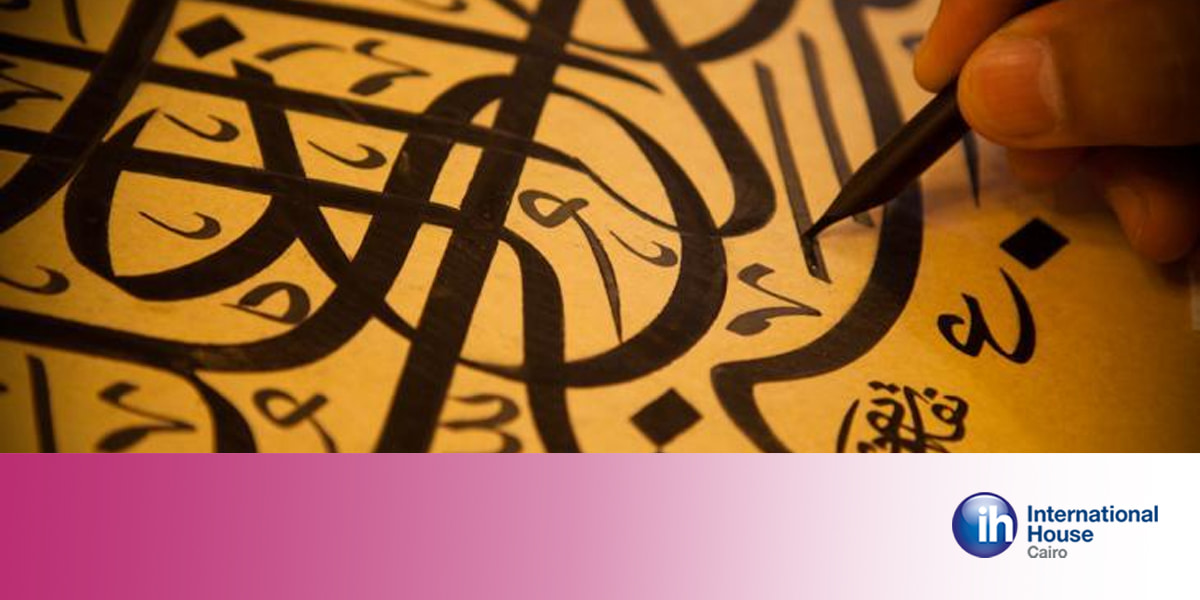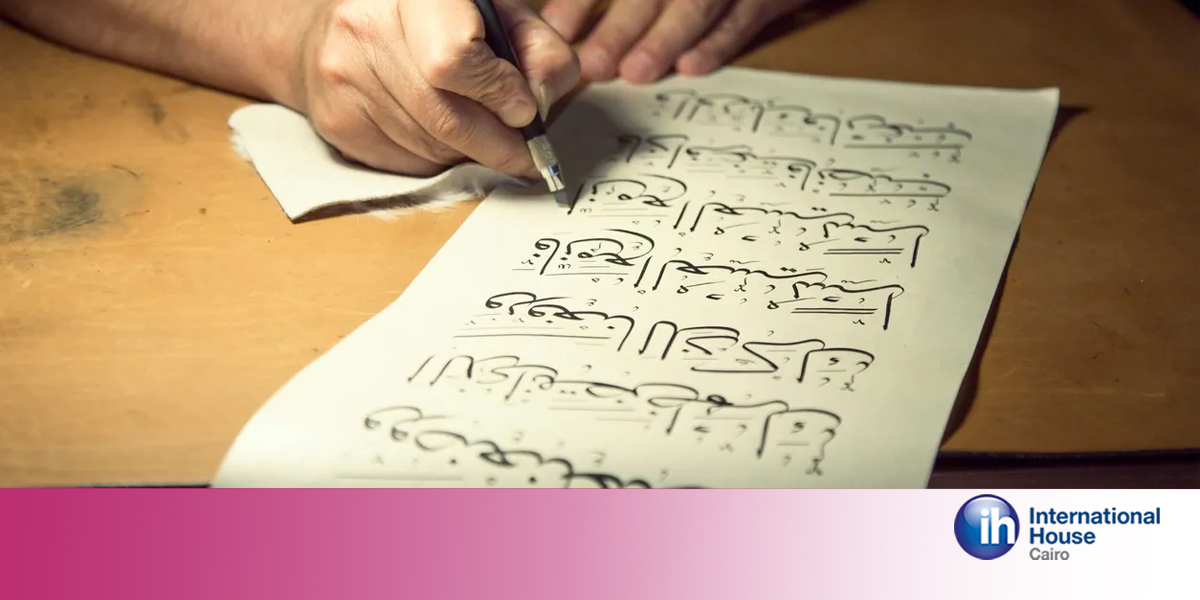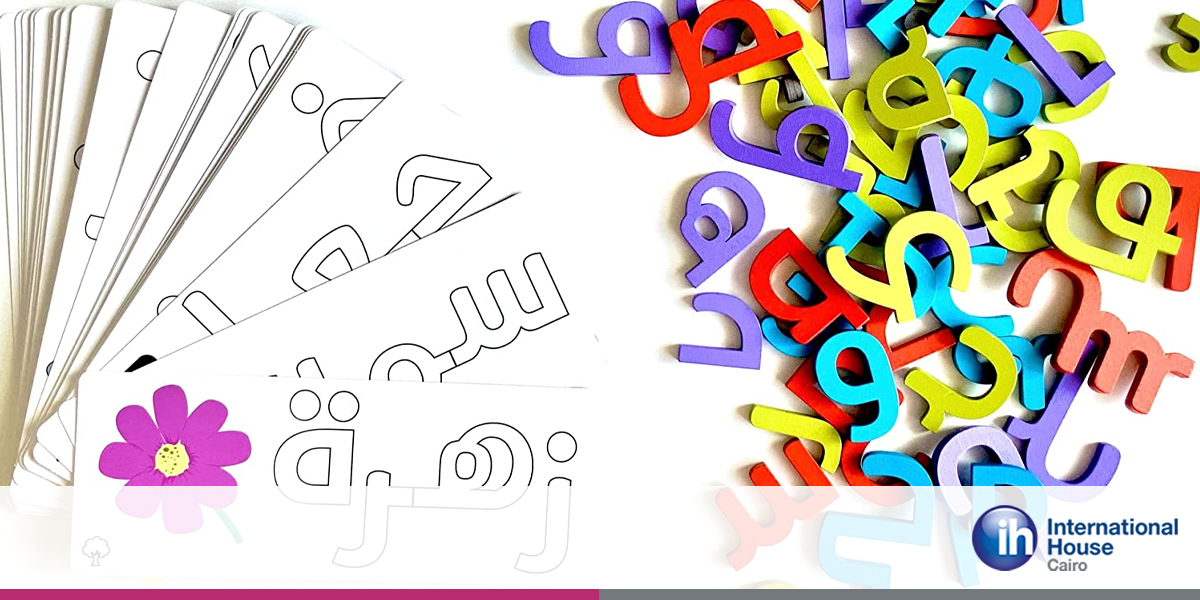Learning Arabic diacritics is an inseparable part of learning Arabic. They can change the meaning of a word, therefore, change the whole context in which they’re said. They gain significance from their use.
In this article, you will learn what are they and how they can be used correctly.
Understanding Arabic Diacritical Marks
Arabic diacritical marks are marks that are somehow placed on or around the letter than can define how the word can be pronounced, therefore how they can be understood.
They are as significant as Arabic letters. Modern Standard Arabic can never stop using them. Understanding them is a very important part of the language.
The 5 Short Pronunciation Marks (Harakat)
1. Fatḥah
This mark is written as(عَ) a very tiny line above the letter. Fatḥah is what makes the sound pronounced as an extra (a) sound added to the word. You can consider the A in the word ‘car’ a Fatḥah.
In Arabic, you can add a Fatḥah to most of the words to give them a different grammatical function. You can put it into a word ذَهب which means went as a verb or gold as a noun.
This word can be written without Fatḥah as ‘thhb’ which is of course a wrong pronunciation as there aren’t many words that only consist of consonant clusters with no vowels. The Fatḥah makes the word to be written as ‘thahb’.
2. Kasrah
It is written as ( عِ). It is put under the letter not above it like Fatḥah. It can be pronounced like the letters ea in the word tea. Kasrah contributes to the grammatical function as well.
Without the Kasrah a word like شِدة which means severe will be pronounced as ‘shddah’ which again lacks a vowel in the right place. Adding Kasrah will make it somehow closer to being pronounced as ‘sheddah’.
3. Dhammah
It is written as (عُ) above the letter and it sounds like o in the word doom. Dhammah contributes to the grammatical function as well. Without the Dhammah a word like كُنت which means was will be pronounced as ‘knt’ which is incorrect and the Dhammah adds that o-like sound to make it pronounced as ‘konto’ and this is the right form of the word.
4. Sukuun
It is written as (عْ) also above the letter. It contributes to the grammatical function like the others. But unlike them, it does not stand for a vowel sound, on the contrary, it assures that the sound is not added any extra unnecessary vowels.
Remember the word ‘ ذَهب’ in fact there is a Sukuun above the ب or b sound at the end of the word to assure that the word stays as ‘thahab’ and not ‘thahaba’ or ‘thahabi’ or ‘thahabo’. The other forms of the words can be correct but they have a different meaning from the word gold or ‘ ذهب’ which is the Sukuun ensures that it stays that way.
5. Tanwin
It is written as (عً) above the final letter of a word which also plays a role in the grammatical function of the word. It is pronounced as the letter TON, TIN, TAN added to a word. And like the forms of kasrah, dhammah, and fatḥah, tanwin can have three different forms (عً) as TAN,( عٍ ) under the letter as TIN, (عٌ) as TON. In a word like شِدة which has been mentioned earlier, if we add Tanwin to this word, it will be pronounced as ‘sheddaton,’ ‘sheddatin,’ or ‘sheddaton’ depending on the grammatical function of this word.
Long Pronunciation Marks
1. Shaddah
It is written as (عّ) above the letter. Shaddah is a core part of the right pronunciation of a word as it gives the sound of doubling the letter. In fact, it doubled letters, but instead of writing the letter two times, you can simply use shaddah. In a word like علّم which means taught, and pronounced as “Allam” with ع letter, not أ letter, but without the shaddah, it would have been pronounced as ‘Alam’ which means flag.
2. Maddah
It has only one form with one letter which is (أ) we add the maddah to make it as (آ). Maddah is a core part of the word meaning and pronunciation, which you can consider to have a double A letter to pronounce, the word (مرآة) for example, which means mirror, is pronounced as ‘mirAAh’ which is different from the word ‘marAh’ (capital A stands for the letter أ and small a stands for fatḥah). The second one means a woman.
Speak Arabic Fluently with IH Cairo Arabic Courses!
Arabic is the sixth most spoken language in the world with 420 million people around the world speaking the language.
The importance of Arabic Diacritical Marks
1. Facilitates Reading Speed and Accuracy
Arabic diacritic marks remove confusion during reading. They refer to the exact pronunciation of the word leaving no room for guessing the possible variation of the word pronunciation.
Modern Standard Arabic course learners learn to read Arabic texts from journals or academic texts, or Arabic scripts in order to make their reading skills into practice. So, in order to read correctly you have to be able to understand Arabic diacritization.
2. Differentiates Between Words
Arabic abjad or letter can be seen in several words which do not carry a similar meaning, so in order to remove that confusion that can even occur to native speakers, we use diacritical marks in a wide range of texts.
Consider the next example, the word شرب without diacritics can be pronounced as شَرَبَ which means drank.
It can also mean شُرِبَ which means was drank (passive). Or it can mean شُرْبْ which means the act of drinking. You can see now how the diacritics can change the whole meaning.
3. Increases Comprehension
By now you can see that the Arabic language is the kind of language that has many variables that can influence the meaning of a text.
Learning how to read those marks correctly can increase your understanding of the whole text that you read and can increase your reading pace.
Reading one word in a sentence that is passive can help you guess that the following sentence is most likely passive as well if it is about the same object.
Final Thoughts
You can find that understandably confusing as you are not provided with the right support on how to master such an important skill as reading.
That is why one of the primary focuses of the Modern Standard Arabic (MSA) course in the Arabic school at IH is mastering the skills of reading and writing. You can have professional native speakers who know how exactly to help you understand and master those two skills as you learn the Arabic language.
Frequently Asked Questions (FAQs)
There are 8 and they’re called Harakat in Arabic. They are fatḥah, dhammah, kasrah, shaddah, sukuun. And tanwin is divided into 3 things tanwin fatḥah, tanwin kasrah, and tanwin dhammah.
The word tashkeel or harakat are the same things as diacritics except that the first two are names in Arabic. They are what makes the word pronounced as it is, therefore it is what gives the words their meaning in some cases. They can be fatḥah, dhammah, kasrah, shaddah, sukuun and tanwin
Shift your keyboard settings to Arabic keyboard and then use them as follows:
• Fatḥah: Shift + Q
• Kasrah: Shift + A
• Dhammah: Shift + E
• Fatḥah Tanwin: Shift + W
• Dhammah Tanwin: Shift + R
• Kasrah Tanwin: Shift + S
• Sukuun: Shift + X
• Shaddah: Shift + ~
Improve your Arabic faster with IH Cairo!
We provide well-designed materials and qualified teachers who can simplify the language for you to make visible progress in a short time.





